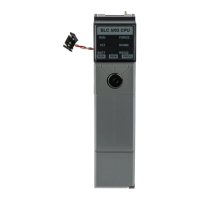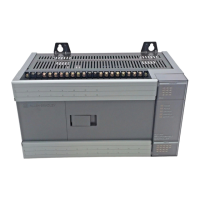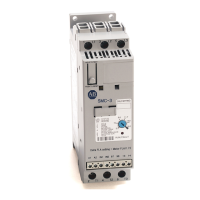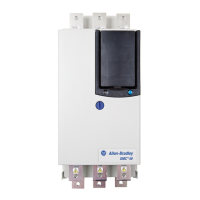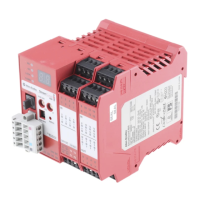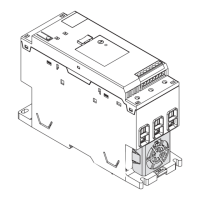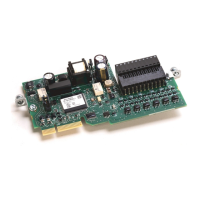A–8 Setting Up the DH-485 Network
Publication
1747-6.2
• If you do not run the cable through a contiguous metallic wireway
or conduit, keep the communication cable at least 0.15 m (6 in.)
from ac power lines of less than 20A, 0.30 m (1 ft) from lines
greater than 20A, but only up to 100k VA, and 0.60 m (2 ft) from
lines of 100k VA or more.
• If you run the cable through a contiguous metallic wireway or
conduit, keep the communication cable at least 0.08 m (3 in.)
from ac power lines of less than 20A, 0.15 m (6 in.) from lines
greater than 20A, but only up to 100k VA, and 0.30 m (1 ft) from
lines of 100k VA or more.
Running the communication cable through conduit provides extra
protection from physical damage and electrical interference. If
you route the cable through conduit, follow these additional
recommendations:
– Use ferromagnetic conduit near critical sources of electrical
interference. You can use aluminum conduit in non-critical
areas.
– Use plastic connectors to couple between aluminum and
ferromagnetic conduit. Make an electrical connection around
the plastic connector (use pipe clamps and the heavy gauge
wire or wire braid) to hold both sections at the same potential.
– Ground the entire length of conduit by attaching it to the
building earth ground.
– Do not let the conduit touch the plug on the cable.
– Arrange the cables loosely within the conduit. The conduit
should contain only serial communication cables.
– Install the conduit so that it meets all applicable codes and
environmental specifications.
For more information on planning cable routes, see Industrial
Automation Wiring and Grounding Guidelines, Publication Number
1770-4.1.
Software Considerations
Software considerations include the configuration of the network and
the parameters that can be set to the specific requirements of the
network. The following are major configuration factors that have a
significant effect on network performance:
• number of nodes on the network
• addresses of those nodes
• baud rate
• maximum node address selection
• SLC 5/03, SLC 5/04, and SLC 5/05 only: token hold factor
• maximum number of communicating devices
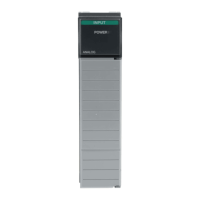
